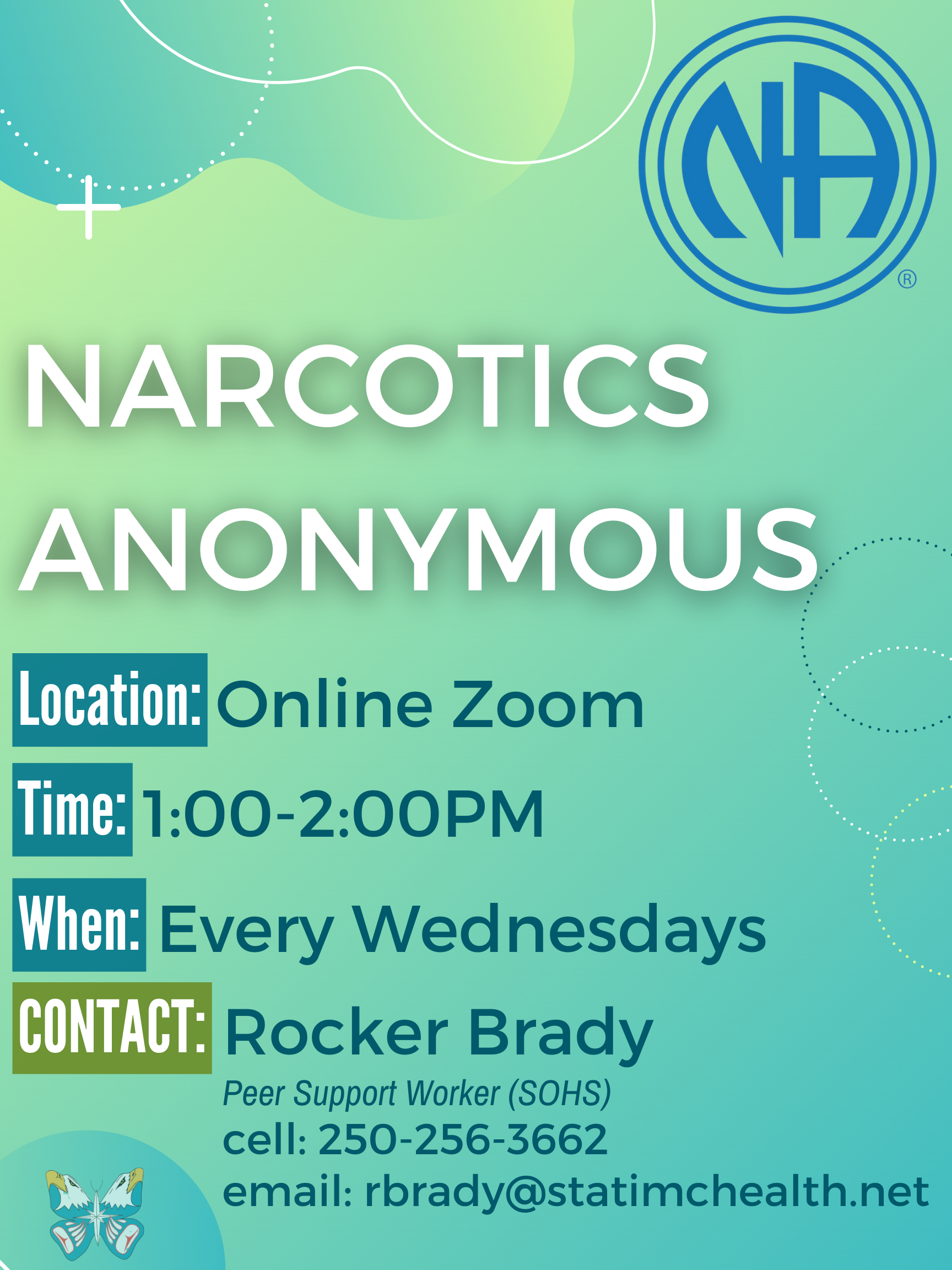Awe-Inspiring Examples Of Info About How To Stop Taking Narcotics

Safety includes the correct use, storage, and disposal of narcotics.
How to stop taking narcotics. Opioid withdrawal can be dangerous, and symptoms can be severe. Buprenorphine is an opioid medicine that may be given in a sublingual form for the treatment of opioid addiction. How does withdrawal work?
If you have symptoms like these when you try to stop taking opioids, see your doctor for. Exercise every day or at least every other day. Other forms may be used to treat.
This means you’ll need more of it to feel its. Analgesic is another word for a pain reliever. For those with chronic pain,.
Withdrawal symptoms can happen if you stop taking an opioid medicine suddenly. Always talk to your doctor or pharmacist before you stop or reduce your opioid medicines. To do it safely, you need to take less of the drugs slowly over time as a medical team keeps a close watch over.
The drug is not easy to take, administered by injection every two to four weeks. Do not take medication that can make you sleepy at the same time that you take opioids. Check with your doctor or nurse about the exercises that are best for you.
Tapering can allow you to stop taking opioids without as many symptoms of withdrawal. What is the timeline for opioid withdrawal? When to think about tapering.
What you can do about opioid induced constipation. What do i need to know about narcotic safety? Together you can create a plan to.
What quitting drugs feels like. Some common opioid withdrawal symptoms include: It might be a sign you are becoming addicted and should stop taking opioids.
When it's time for you to stop taking opioids, ask for your healthcare professional's help. Prioritize nonopioid pain relievers nonopioid pain relievers such as. Do not try to suddenly stop taking opioids on your own.
Some of these options are: How to treat opioid induced constipation. Narcotics are one of the most common drugs used to relieve pain, but they are also overused, overprescribed and.

















